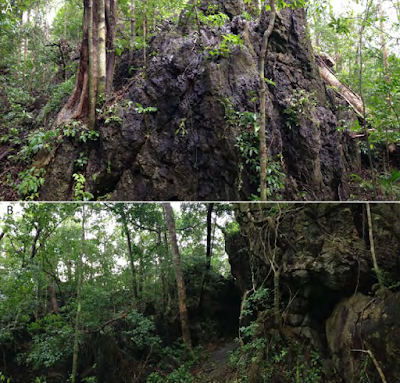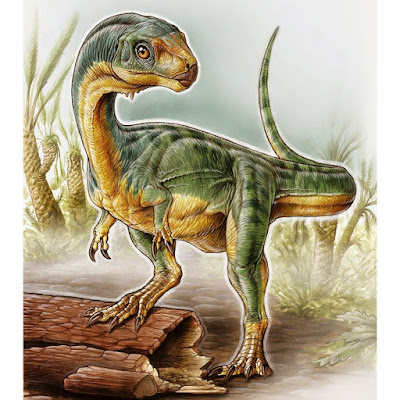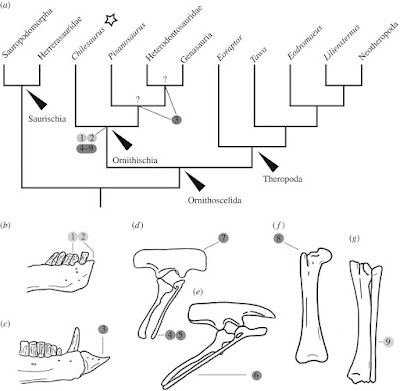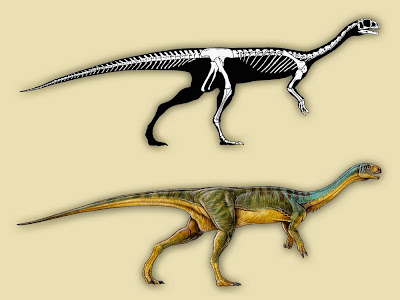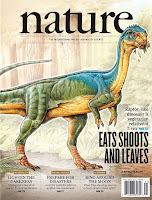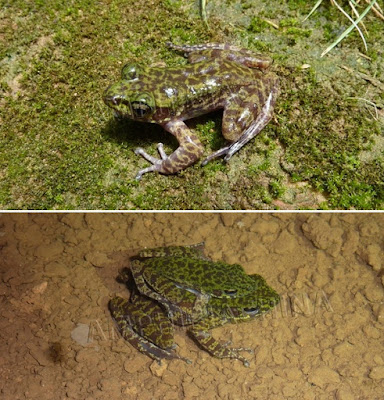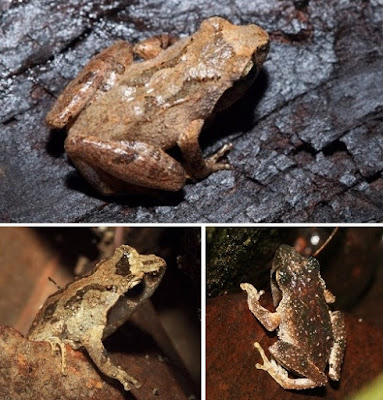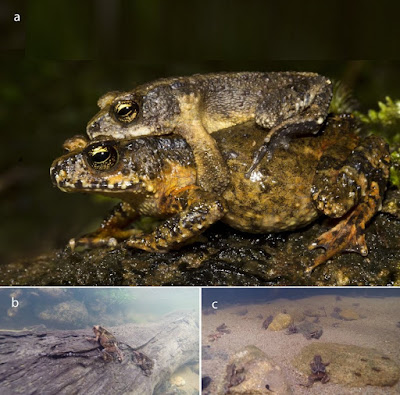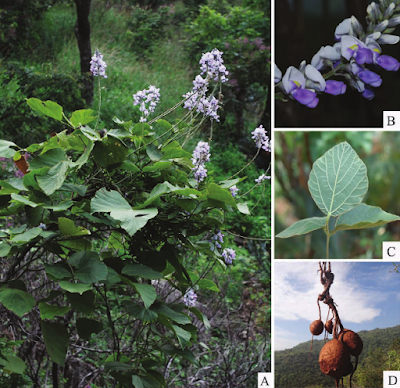 |
| Platymantis (Lupacolus) quezoni |
Abstract
We describe a new species of limestone karst dwelling forest frog of the genus Platymantis from the Quezon Protected Landscape in southeastern Luzon Island, Philippines. We assign Platymantis quezoni, sp. nov., to the diverse assemblage of terrestrial species in the Platymantis dorsalis Group, subgenus Lupacolus on the basis of its body size and proportions, only slightly expanded terminal discs of the fingers and toes, and its terrestrial microhabitat. The new species is distinguished from these and all other Philippine congeners by features of its external morphology, its restriction to a distinctive limestone karst microhabitat, and its advertisement call, which is unique among frogs of the family Ceratobatrachidae. Several distinguishing morphological characters include its moderate body size (22.1–33.9 mm SVL for 16 adult males and 32.4–39.7 mm SVL for five adult females), slightly expanded terminal discs of the fingers and toes, smooth skin with limited dermal tuberculation, and a dorsal color pattern of mottled tan to dark brown with black blotches. The new species is the sixth Philippine Platymantis known to occur exclusively on limestone karst substrates (previously known karst-obligate species include: P. bayani, P. biak, P. insulatus, P. paengi, and P. speleaus). Recently accelerated discovery of limestone karst anurans across the Philippines suggests that numerous additional species may await discovery on the hundreds of scattered karst formations throughout the archipelago. This possibility suggests that a major conservation priority in coming years will be to study, characterize, describe, and preserve the endemic species supported by this patchy, unique and imperiled type of forest ecosystem in the Philippines.
Keywords: Amphibia, Biodiversity; Evolutionary convergence; Limestone ecomorph; Microhabitat preference; Species discovery
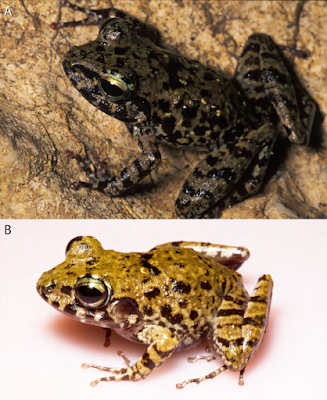 |
| FIGURE 3. Photographs of Platymantis (Lupacolus) quezoni, sp. nov., (A) the holotype (PNM 9817; SVL = 33.7) and (B) a male paratype (KU 328735; SVL = 31.3). Photos: R. M. Brown. |
Distribution. Platymantis quezoni is known only from the type locality but may be more wide spread in scattered karst outcrops of northern portions of the Bicol Peninsula (Restificar et al. 2006; MGB 2010), especially on limestone karst formations in the nearby Bondoc Peninsula (Fig. 1).
Etymology. The specific epithet is a patronym in the genitive singular, honoring Manuel Luis Molina Quezon. Quezon served as president of the Commonwealth of the Philippines during the American colonial period from 1935 through the conclusion of the Second World War. An exemplary statesman, he led the struggle for Philippine independence from American rule.
Suggested common name: Quezon Limestone Forest Frog.
Suggested common name: Quezon Limestone Forest Frog.
Rafe M. Brown, Louise Abigail Asio De Layola, Antonio Ii Nuñez Lorenzo, Mae Leonida Diesmos and Arvin Cantor Diesmos. 2015. A New Species of Limestone Karst inhabiting Forest Frog, Genus Platymantis (Amphibia: Anura: Ceratobatrachidae: subgenus Lupacolus) from southern Luzon Island, Philippines. Zootaxa. 4048(2): 191–210. DOI: 10.11646/zootaxa.4048.2.3
---------------------------------------------------------------
روابط التحميل والمشاهدة، الروابط المباشرة للتحميل
او
شاهد هذا الفيديو القصير لطريقة التحميل البسيطة
كيف تحصل على مدونة جاهزة بآلاف المواضيع والمشاركات من هنا
شاهد قناة منتدى مدونات بلوجر جاهزة بألاف المواضيع والمشاركات على اليوتيوب لمزيد من الشرح من هنا
رابط مدونة منتدى مدونات بلوجر جاهزة بآلاف المواضيع والمشاركات في أي وقت حــــتى لو تم حذفها من هنا
شاهد صفحة منتدى مدونات بلوجر جاهزة بألاف المواضيع والمشاركات على الفيس بوك لمزيد من الشرح من هنا
شاهد صفحة منتدى مدونات بلوجر جاهزة بألاف المواضيع والمشاركات على الفيس بوك لمزيد من الشرح من هنا
تعرف على ترتيب مواضيع منتدى مدونات بلوجر جاهزة بآلاف المواضيع والمشاركات (حتى لا تختلط عليك الامور) من هنا
ملاحظة هامة: كل عمليات تنزيل، رفع، وتعديل المواضيع الجاهزة تتم بطريقة آلية، ونعتذر عن اي موضوع مخالف او مخل بالحياء مرفوع بالمدونات الجاهزة بآلاف المواضيع والمشاركات، ولكم ان تقوموا بحذف هذه المواضيع والمشاركات والطريقة بسيطة وسهلة. ــــــــــــــــــــــــــــــــــــــــــــــــــــــــــــــــــــــــــــــسلامـ.


